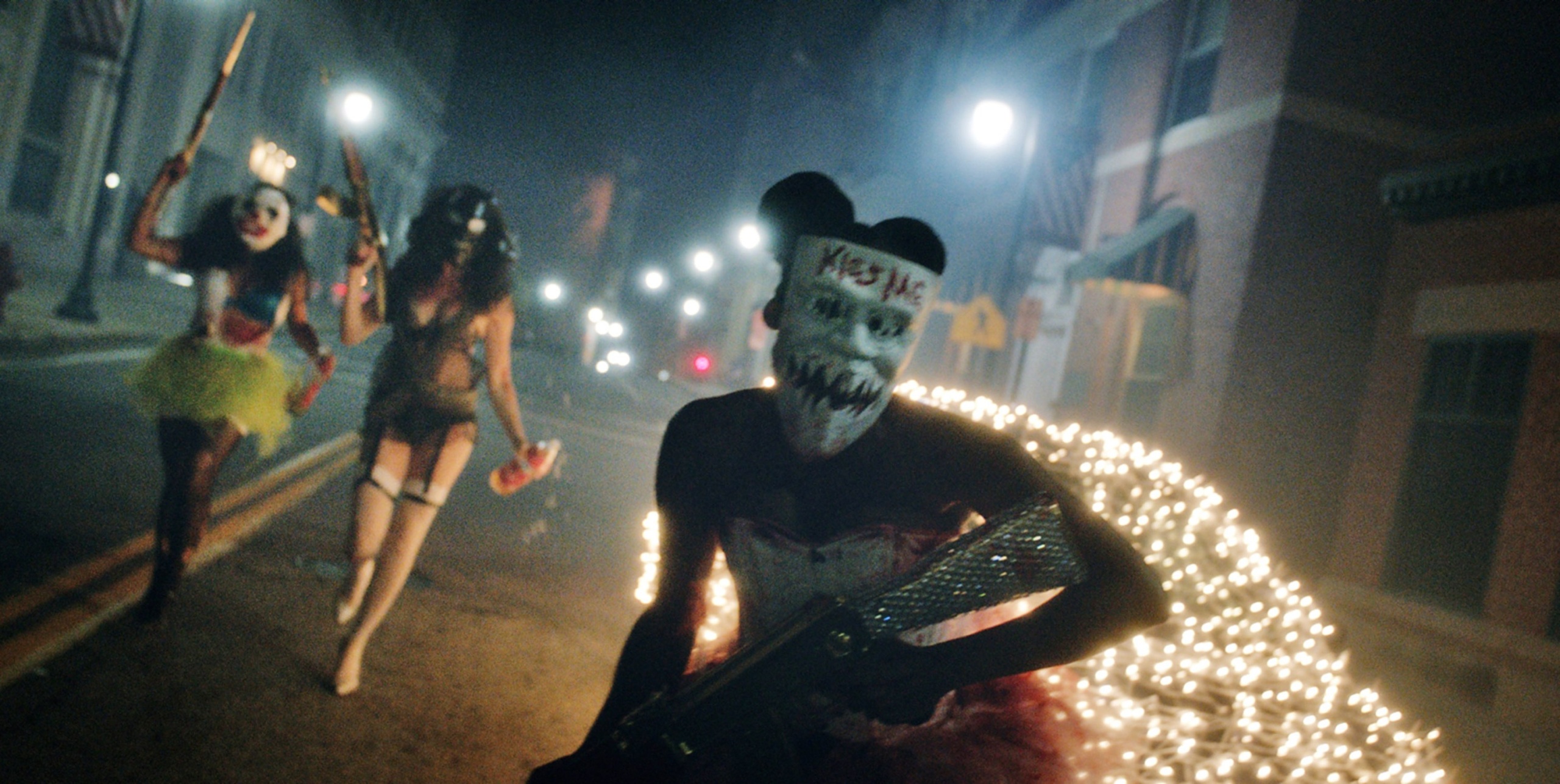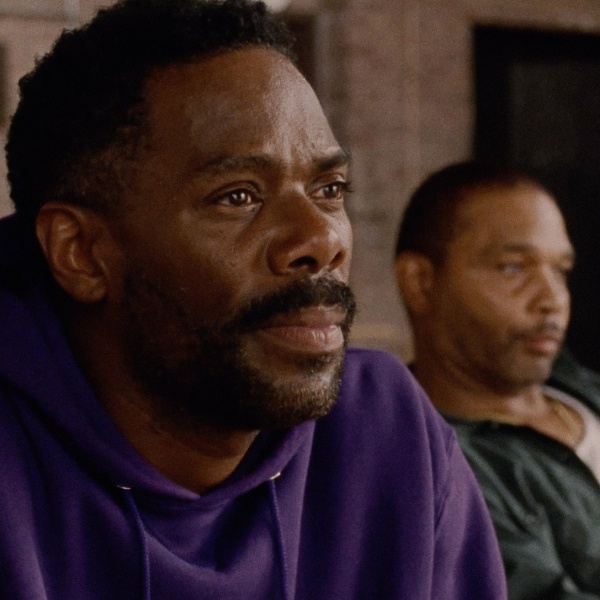No matter how many scary movies you’ve logged on your Letterboxd account this October, Stephen Follows has you beat.
The British film researcher has devoted his career to the quantitative study of film, using data to identify trends in the entertainment industry from a bird’s eye view. His latest work, the second edition of “The Horror Movie Report,” saw him analyzing every existing horror movie that he could identify — 27,000 by his count — with the hope of offering artists, executives, and fans some clarity about what he sees as a criminally misunderstood genre.
Follows authored the first edition of “The Horror Movie Report,” which analyzed a mere 10,000 movies, in 2017. He was recently prompted to revisit the topic by his colleagues at the Guinness Book of World Records, where he offers his services as a consultant on all things related to movie data. Internet cinephile resources have increased exponentially in those seven years time, and access to Letterboxd and other websites allowed him to nearly triple his sample size. The result is what Follows believes is one of the most comprehensive studies of horror movies ever released.
During a recent conversation with IndieWire conducted over Zoom, Follows opened up about his methodology and offered a few lessons about scary movies that he learned during the journey.
“There aren’t many people who run away to do the accounts for the circus,” Follows said when asked about how he stumbled into this unique intersection of art and science. “I can wrangle both the film industry and an Excel spreadsheet. I think that there’s a lot of areas that I look at that no one’s looked at before because no one’s looked at it, not because it’s impossible. I use the data analysis to try and understand what’s actually going on rather than what should go on.”
Follows cautioned that it would be mathematically impossible for him to watch every movie that he includes in his studies. As such, he avoids weighing in on the artistic merits of individual films. Instead, he looks at larger trends in supply, demand, and subject matter that offer insights into the media that scares us.
“I try not to provide my subjective opinion, partly because that’s not the way to go as a scientist, but also it’s not effectively possible,” he said. “I haven’t watched all of those 27,000 films, so I can’t finish it, let alone I shouldn’t start it. What I tend to do is try and look for multiple sources and signals, and then try and create a reliable, robust methodology.”
What is it about horror that inspires a man to write a 400 page report about its history? Follows explained that many of the traditional “rules” that dictate a film’s critical and box office prospects don’t apply to the horror genre, making it a statistical anomaly that requires its own methodology.
“Horror operates like no other genre. The audiences act differently, the filmmakers act differently. There’s lots of things that are true for most other genres that are not the case for horror,” he said. “Even the correlation between how good it is according to critics and how much money it makes, there’s almost no correlation for horror, and there is for almost everything else.”
Follows’ data shows that production of horror movies has consistently increased, even when other genres have stalled — unsurprising given the low barriers to entry and well-established path to profitability that the genre offers producers. But the unique ecosystem that has emerged around horror fandom led Follows to believe that the demand for horror movies might still be outpacing the supply.
“I looked at all the movie-themed podcasts, and horror is by far and away the most popular genre that people make podcasts about. You look at websites and newsletters, and you don’t find the same fanaticism for rom-coms, or westerns, or whatever,” he said. “That is, as far as I can see, a growing, thriving audience that maybe has been undersupplied.”
“The Horror Movie Report” contains chapters on everything from script development and budgeting to post-production and branding. But Follows is the first to admit that not everything can easily be quantified with data.
“The nuance within the creation of it and the interaction between the filmmakers and the audience, I think Wes Craven said a long time ago, he was asked something like, ‘Why are there so many bad horror films?’; His answer was, ‘Because they’re made by people who don’t love horror,’” he said. “I hadn’t quite understood the depth of it, at the depth of the love and the nuance, because we often use very simplistic measures, like, ‘What did the film critics say? What’s the Rotten Tomatoes score?’”
Follows illustrated this by recalling an exercise in which he asked people to look at horror posters and identify which character audiences were meant to root for. He explained that people would come to him with wildly different answers, as the genre often skirts traditional narrative rules about heroes and villains.
“I collected loads of horror posters, and then I showed them to lots of people and I said, ‘Okay, who’s in this poster? Is it the hero, the villain, the victim? What elements are on there?’” he said. “I would show the same picture to multiple people. There were a few types of films that I would consistently get messy data for, and you kind of go, ‘What’s going on here? Everything else is consistent. This isn’t.’ It was because there’s a certain subset of films that there is no answer to. For example, ‘Dr. Jekyll and Mr. Hyde.’ Is that the hero or the villain on the poster? Carrie, she is the victim and the threat, she’s also the hero, perhaps. She represents all of the things in the movie at some point. I think it’s easy to write off horror as simplistic. Actually when you really love horror, when you really look at horror, when you spend time in horror, you realize there’s so much complexity and depth to what is easily dismissible, because you have something that has a ridiculous title and a cartoony kind of poster.”
One consistent source of horror’s appeal is its ability to adapt to the anxieties of a given cultural moment. Follows explained that recent years have seen a spike in films about chaos theory and the breakdown of societies — a clear sign, in his view, of the lack of control that so many people feel over their everyday lives.
“I think chaos as a force is something that people are feeling, the breakdown of social understanding. That’s why things like ‘The Purge,’ despite the fact that it gets awful reviews from most people, is hugely successful. It delivers, because I think it’s a really compelling idea. I think it speaks to the kind of chaos that we live in today.”
Sometimes the dots that connect horror movies to larger societal ills can only be recognized with the benefit of hindsight. In looking back on a century’s worth of cinematic horrors, Follows explained that he continues to be amazed by the connections between seemingly lowbrow films and the events that shape history.
“I did discover that infection and the idea of a pandemic was big in the early 2000s, with films like ’28 Days Later’ and ‘Contagion,’” he said. “It’s kind of fascinating, I certainly remember in the first few weeks of the lockdown, ‘Contagion’ was the number one film on Netflix, and it’s fascinating that we can have a place to exorcise, in both senses of the word, our fears. Horror will always serve that function.”
The second edition of “The Horror Report” is now available for purchase.







